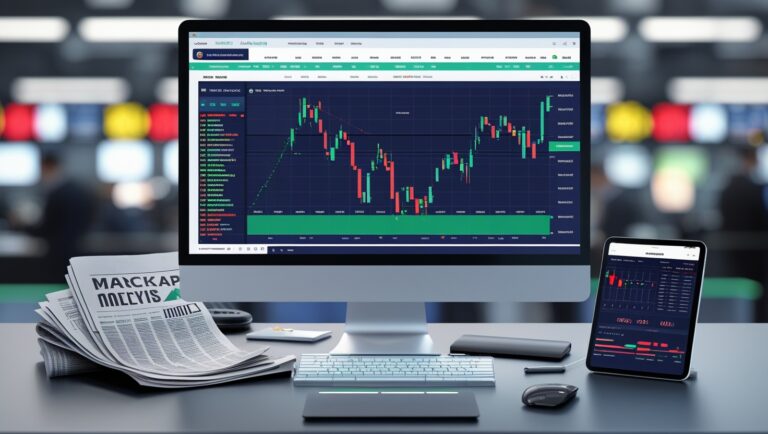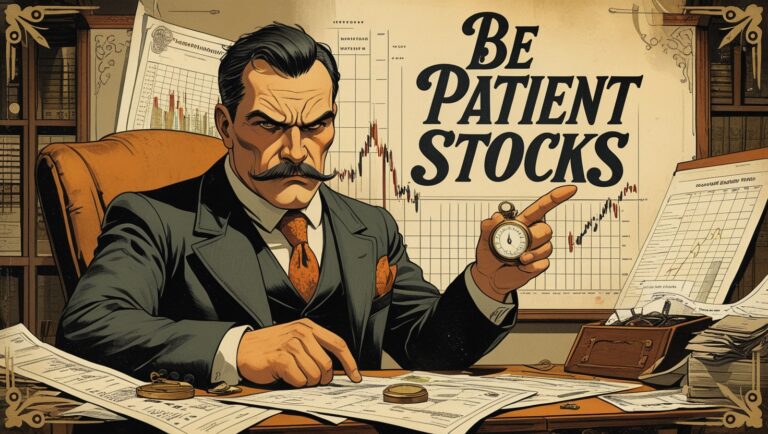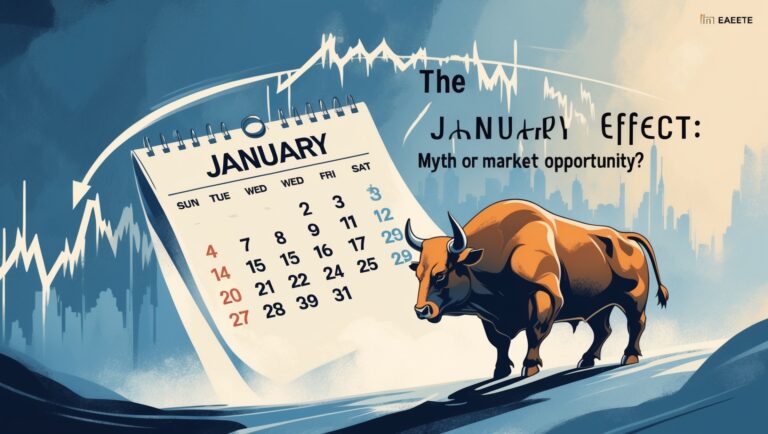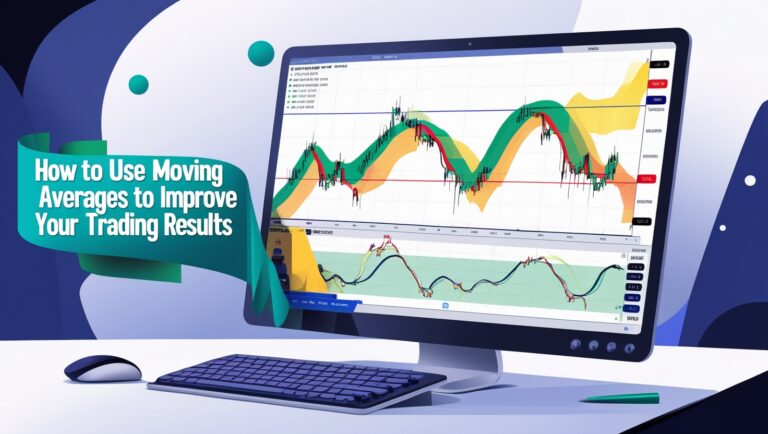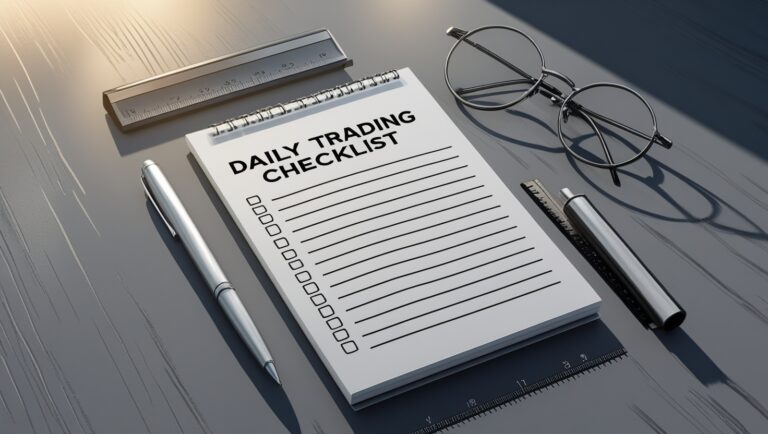How I Focus on Price Action to Predict Big Moves
How I Focus on Price Action to Predict Big Moves
When I first started trading, I thought I needed every indicator and scanner available to predict where the market was going. But I quickly realized all those tools did was cloud my judgment. What actually changed my game was focusing on price action — pure, clean movement on the chart.
I stopped asking, “What are the indicators saying?” and started asking, “What is the price trying to tell me?” That shift allowed me to see setups earlier, trade with more confidence, and predict big moves before they happened.

Table of Contents
Understanding Price Behavior
Price action is the raw language of the market. Every candle, every wick, every level tells a story. When I started watching how price reacts to support, resistance, volume surges, or consolidation, I stopped guessing and started anticipating.
I learned that big moves don’t come out of nowhere — they usually form after key consolidation zones, breakouts from range, or heavy volume at certain levels. And by just watching those movements, I could start positioning myself before the crowd jumped in.
My Process Each Morning
Before the market opens, I go through my watchlist — I only focus on 5 to 6 stocks max. I look at the pre-market price action, support and resistance levels from previous days, and whether the stock is gapping up or down with volume.
I’m not looking for patterns with fancy names — I’m looking for clean setups. If I see price forming higher lows near resistance, I take note. If I see a strong rejection at a key level, I write it down. By the time 9:30 hits, I already know my potential plays.
Why Less Is More
One of the biggest mistakes I made early on was overanalyzing. The more I simplified, the better my trading got. When I stick to price action and volume, I’m no longer reacting emotionally — I’m following what the chart is already telling me.
Less distraction = better decisions. That’s the reason I don’t rely on someone else’s alerts. I don’t need a Twitter post or a Discord ping to tell me what’s moving. I let the price lead, and I follow the momentum.
I Put This in My Ebook
Everything I use now — from how I build my watchlist to the exact setups I look for — I put it all inside my ebook. I explain how I read the market without any indicators, and how I use simple price action to trade smarter and pay my bills with stocks.
👉 Get the ebook here if you want to learn how I do it, step-by-step.
Price Action Helps Me Stay Out Too
What’s powerful about reading price is that it also tells me when NOT to trade. If the action looks choppy, forced, or low volume — I skip it. And skipping a bad trade is just as important as catching a great one.
Learning this made me more selective, which made my trading results more consistent. I stopped chasing every green candle and started waiting for the cleanest moves.
Predicting Breakouts and Failures
One of the key things I’ve learned is that breakouts fail more often than they succeed — unless there’s real volume behind them. So instead of blindly buying at the breakout, I watch how price reacts before and after the level.
If I see a strong build-up with tight price action and increasing volume, that’s a clue. If price breaks out and holds, I’m ready. If it breaks out and slams back down? I avoid it or even look for a fade opportunity.
Why This Works for Small Accounts
Price action doesn’t care if you have $500 or $50,000 in your account. It’s universal. That’s what makes it powerful for traders with small accounts. You don’t need to be a pro — you just need to learn to watch the chart, not force trades.
This strategy gave me clarity, patience, and better entries — all without adding stress or expensive software.
Final Thoughts
If you’ve been feeling overwhelmed by tools, alerts, or gurus, go back to the basics. Strip it all down and just study how price moves. Practice reading it every day, and eventually, it becomes second nature.
Once I mastered this approach, I stopped guessing and started predicting real moves — and it’s the reason I’ve stayed consistent ever since.
One thing I always remind myself is that price is the final truth. No matter what any analyst or YouTuber says, the chart doesn’t lie. If price rejects a level three times and volume is drying up, that’s a message. I’ve learned to respect that message more than any prediction or headline.
I also noticed that price action shows you where the smart money is flowing. Big players don’t scream their intentions — they hide in patterns. But when you see a stock holding key levels, forming higher lows, and absorbing sellers? That’s often institutional accumulation right in front of you.
Another shift came when I stopped trading noise. Instead of chasing every candle, I started zooming out. I look at the bigger trend, identify clean levels, and wait for price to tell me what it wants. That alone helped me avoid dozens of bad trades each month.
What I love about price action is that it’s always relevant. It doesn’t go out of style or become obsolete like certain indicators do. It works whether the market is bullish, bearish, or choppy — because the market still moves based on buyers and sellers.
When I’m building my watchlist, I look for stocks that have clear price structure. I want to see clean breakouts, tight consolidations, or strong reversals — not random spikes. If a stock can’t respect support and resistance zones, I move on. I want clean, not chaos.
One trick that helped me refine my entries is using the 1-minute or 5-minute chart after identifying zones on the daily. I wait for price to “react” at those levels and let volume confirm it. Once you learn to spot that micro-behavior, it’s like unlocking the market’s tells.
Most traders overcomplicate things. They slap on RSI, MACD, VWAP, and three moving averages — and still lose. That was me too. But once I stripped it down and focused on raw price movement, I finally started seeing consistency. Simplicity scales — confusion doesn’t.
I also journal every trade, especially the ones based purely on price action. I take screenshots, note the setup, volume behavior, time of day, and outcome. Over time, I built my own library of high-probability setups based on what actually works — not theory.
Another benefit of trading this way is that it reduces stress. When you’re no longer glued to a dozen indicators, you can actually breathe and think. You can react calmly, cut losers quickly, and let winners run. It’s more than a strategy — it’s a mindset shift.
The key is repetition. I trained myself to observe charts daily — even when I wasn’t trading. I’d study how price reacts to news, earnings, gaps, or sudden volume. That exposure trained my eye to recognize real momentum vs. fake-outs, and that’s invaluable.
When people ask how I learned to do this, I always point them to my ebook. I wrote it for traders who want real-world results without spending years in confusion. It explains my process, my setups, and how I use price action to trade smarter.
👉 Grab it here: Pay Your Bills With Stocks Ebook — It’s the same system that allowed me to turn simple trades into real monthly income, and it’s designed for people who don’t want to rely on alerts or expensive tools.

Stay ahead in the stock market! Subscribe to our newsletter and receive exclusive stock flow reports, trading insights, and actionable tips directly in your inbox. Join thousands of traders who get our updates first.


